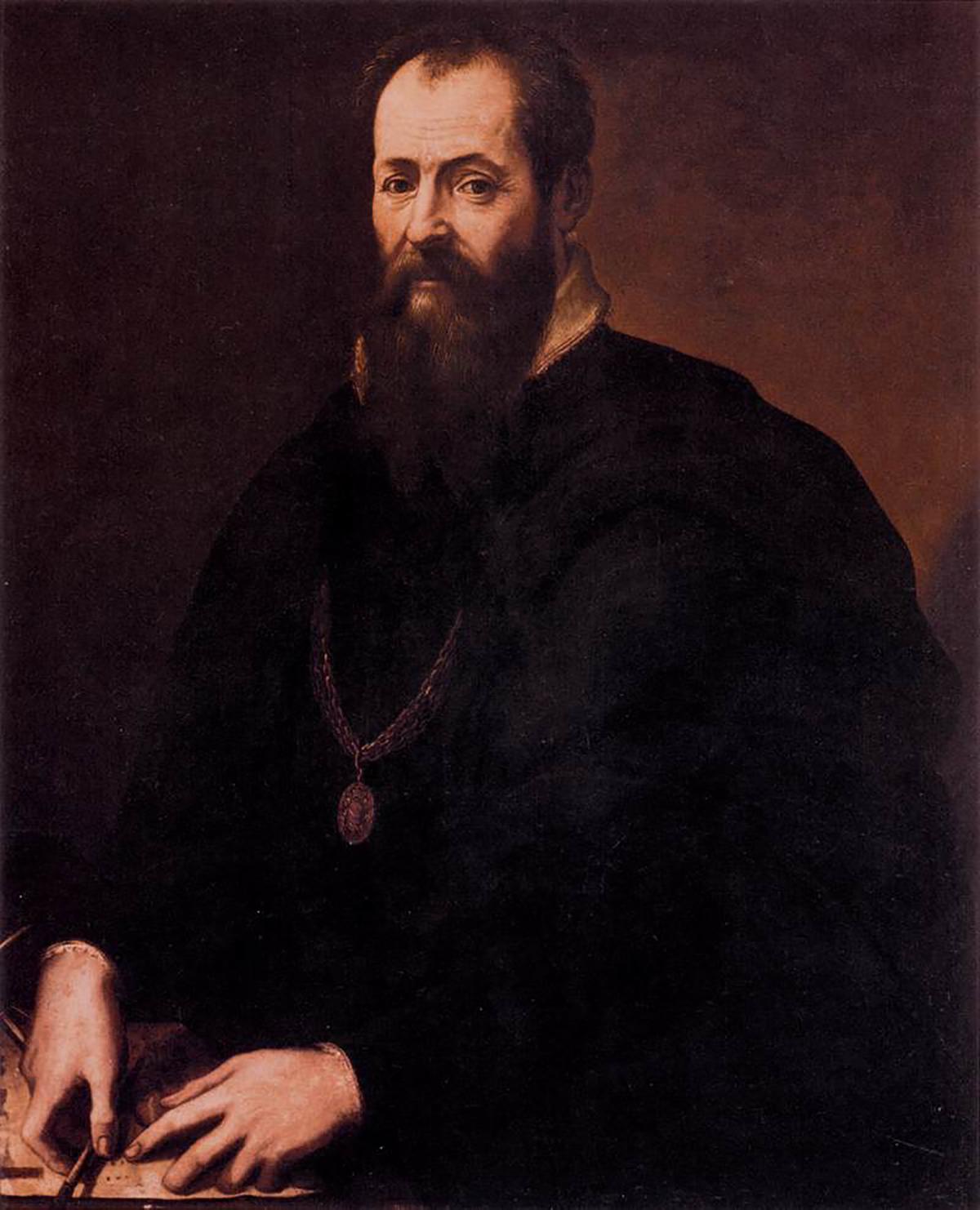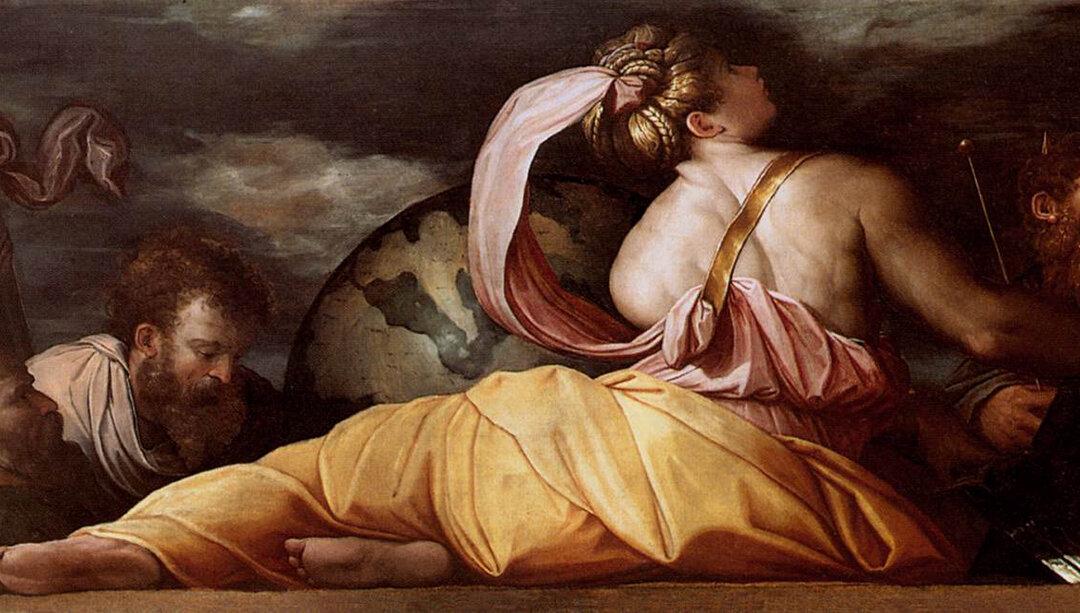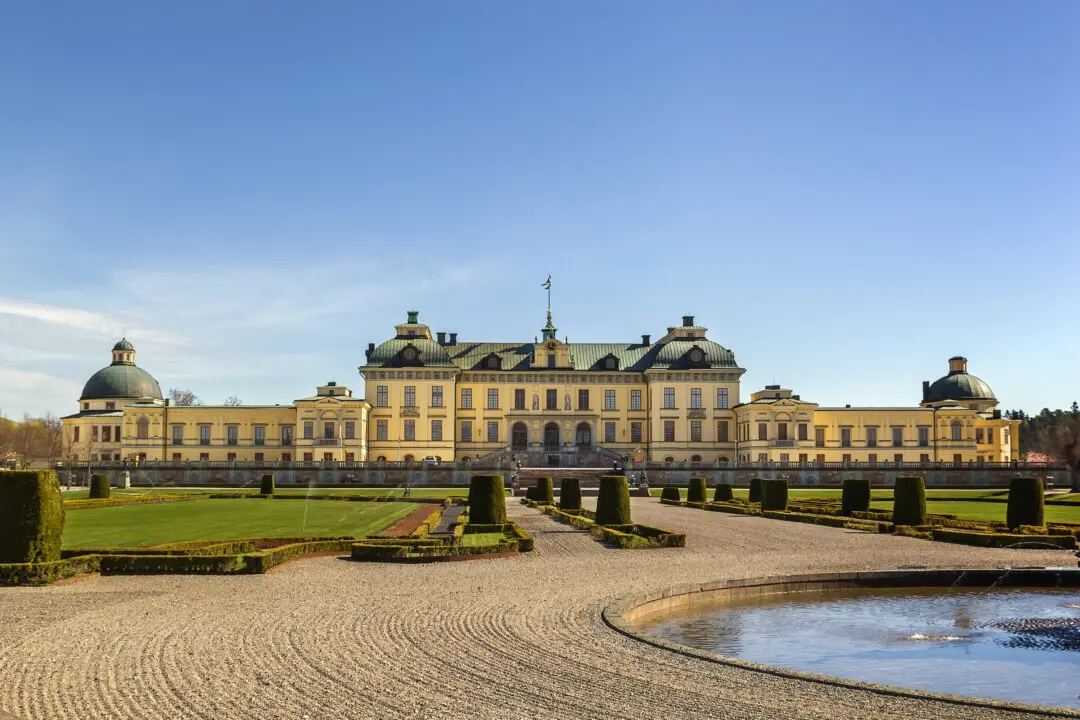Those interested in Renaissance art will soon become familiar with the name Giorgio Vasari, Florentine architect, artist, and art historian. His 1568 compilation, “Lives of the Most Excellent Painters, Sculptors, and Architects,” is the most important written source for the artistic history of the period. Many of 16th-century Italy’s leading artists were among his friends and acquaintances. Included in his circle were numerous friends who had known their 15th-century predecessors.

Portrait of Giorgio Vasari, circa 1571–74, by Jacopo Zucchi. Oil on wood. Uffizi, Florence, Italy. Public Domain





